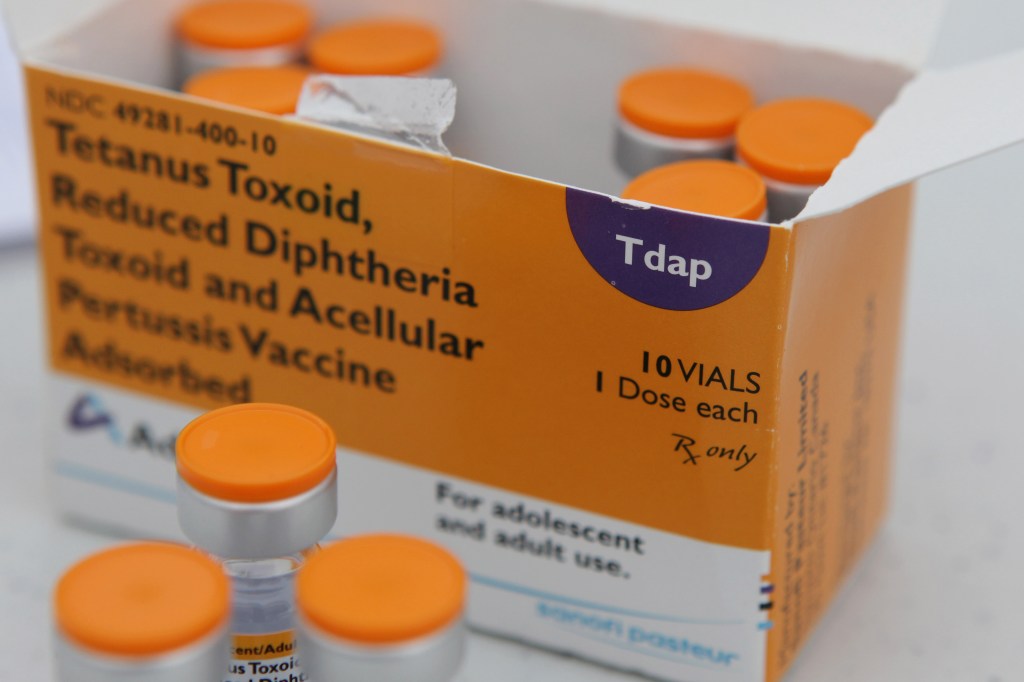Many begin GLP-1 medications with immense hope, only to feel betrayed when the journey stalls or reverses. Side effects like persistent nausea and fatigue can force a stop, while financial constraints or simply a lack of sustained results lead others to discontinue treatment. For most, the path isn’t a steady climb, but a disheartening cycle of progress followed by significant setbacks.
We readily celebrate the positive transformations fueled by these medications, yet rarely acknowledge the difficult aftermath when treatment ends. This isn’t merely a psychological struggle; the body reacts swiftly, with hunger, weight, and metabolic imbalances surging back with alarming speed. The core issue isn’t the medication itself, but the glaring absence of a structured plan for stopping it.
The evidence is undeniable. Studies show that individuals who discontinue semaglutide typically regain approximately two-thirds of their lost weight within a year, with blood pressure, cholesterol, and blood sugar levels reverting towards their previous state. Similar patterns emerge with tirzepatide, highlighting the importance of continued therapy for maintaining benefits. Even the positive cardiovascular effects observed with semaglutide can diminish upon abrupt cessation.

Leading medical organizations now emphasize that GLP-1s are often a long-term therapy, not a short-term fix. However, the reality is that continuous use isn’t feasible for everyone. Insurance limitations, changing life circumstances, or a desire to reconnect with natural hunger cues can all lead individuals to consider stopping. In each instance, a sudden halt often leads to a painful and predictable outcome.
Without a plan, stopping GLP-1s feels less like a gradual slowdown and more like a jarring metabolic whiplash. Appetite returns quickly, but the signals of fullness are delayed, creating a frustrating cycle of overeating and disappointment. The scale becomes a constant reminder of perceived failure, and feelings of shame resurface. These aren’t signs of weakness, but consequences of a poorly designed system.
A comprehensive “Exit Plan” is essential, becoming a standard component of clinical care. This plan should prioritize a gradual tapering of the medication, allowing the body and brain time to adjust and recalibrate. Abruptly stopping – simply hoping for the best – is a risky and ineffective strategy.
Alongside tapering, a focus on preserving lean muscle mass is crucial. Rapid weight loss can lead to muscle loss, impacting long-term metabolic health. Resistance training, a protein-rich diet, and nutrient-dense foods become non-negotiable during this transition, acting as biochemical stabilizers. These aren’t fleeting wellness trends, but fundamental components of sustained health.
Monitoring glucose levels and hormonal shifts is also vital. Post-GLP-1 transitions can cause unpredictable fluctuations, requiring early intervention with strategies like dietary adjustments or micronutrient support. Finally, addressing the psychological aspects of food and rebuilding a healthy relationship with eating is paramount. New rituals and mindset retraining can prevent relapse and foster lasting renewal.
Pharmaceutical innovation has brought us to this point, but true sustainability requires a focus on the long-term. Payers must cover ongoing treatment or fund structured aftercare to protect the gains achieved. Without this support, patients risk cycling through costly weight loss and inevitable regain, impacting both their health and financial well-being.
If GLP-1s are intended for limited use, clinicians must develop clear exit protocols, similar to those used for other medications like steroids or antidepressants. Medical care doesn’t end with a prescription; it evolves. Policymakers must address affordability and access, investing in nutrition education and personalized health approaches to minimize relapse risk.
This isn’t solely about weight regain; it’s about building metabolic resilience – sustaining lower inflammation, improved insulin sensitivity, and cardiovascular benefits even after medication is discontinued. Without a comprehensive exit framework, these hard-won improvements are lost, and the healthcare system bears the cost of preventable complications.
The true measure of success isn’t simply whether GLP-1s work *while* being used. It’s whether our healthcare system can support individuals *after* they stop. Success isn’t defined by the medication itself, but by the person they become when they navigate life beyond it.





